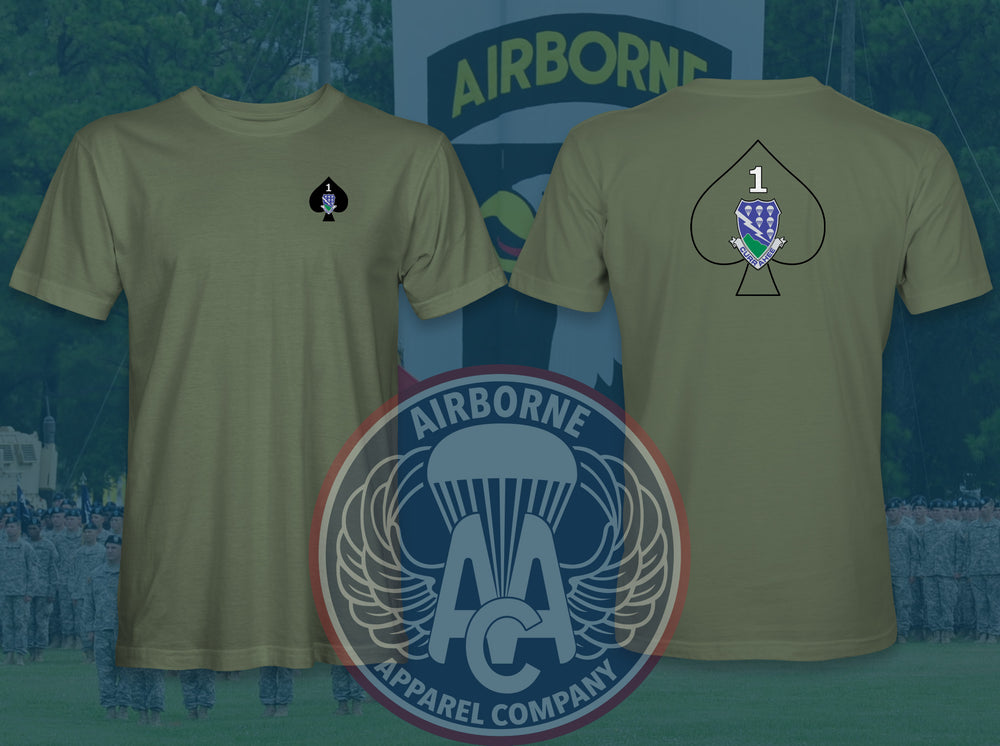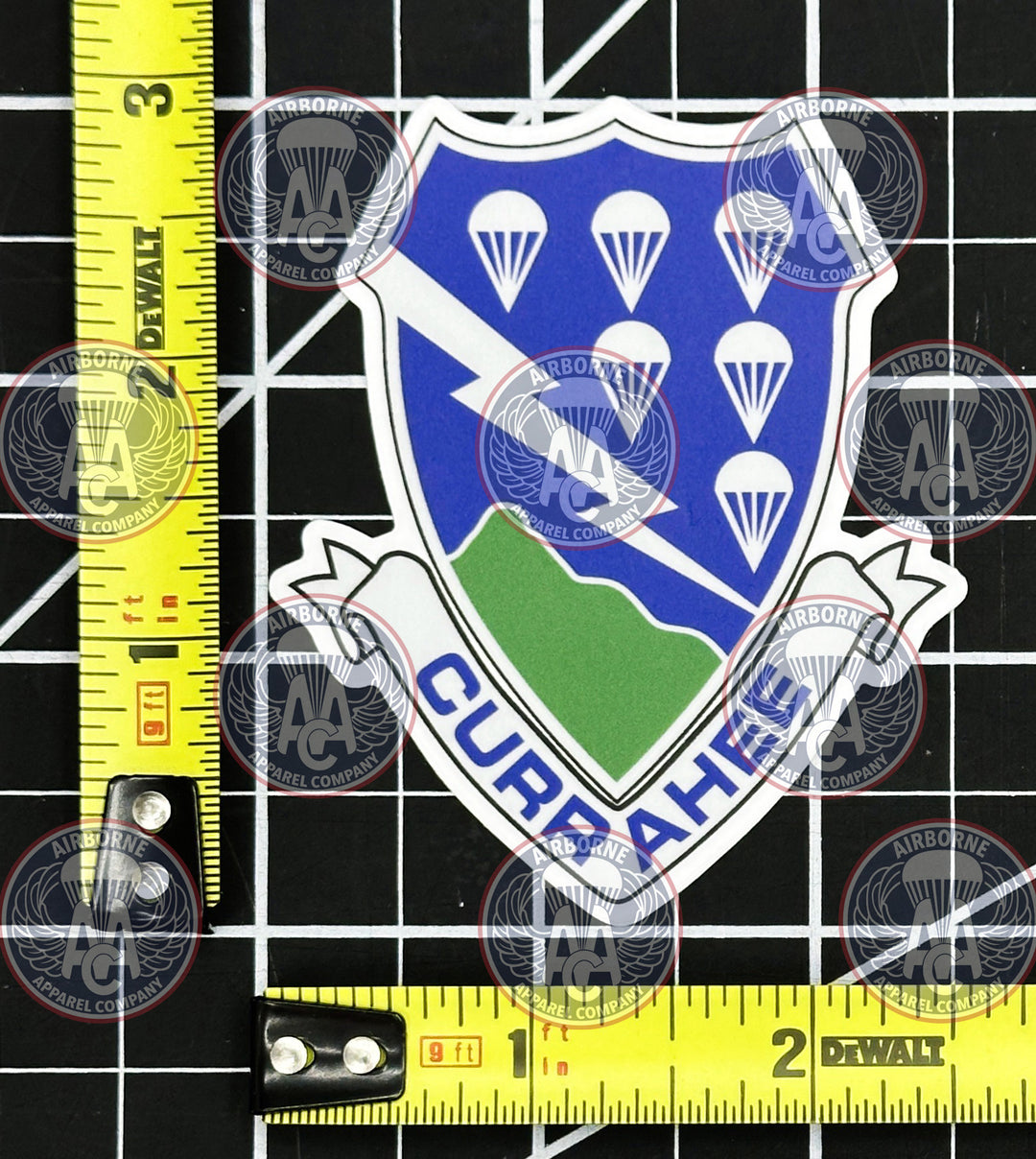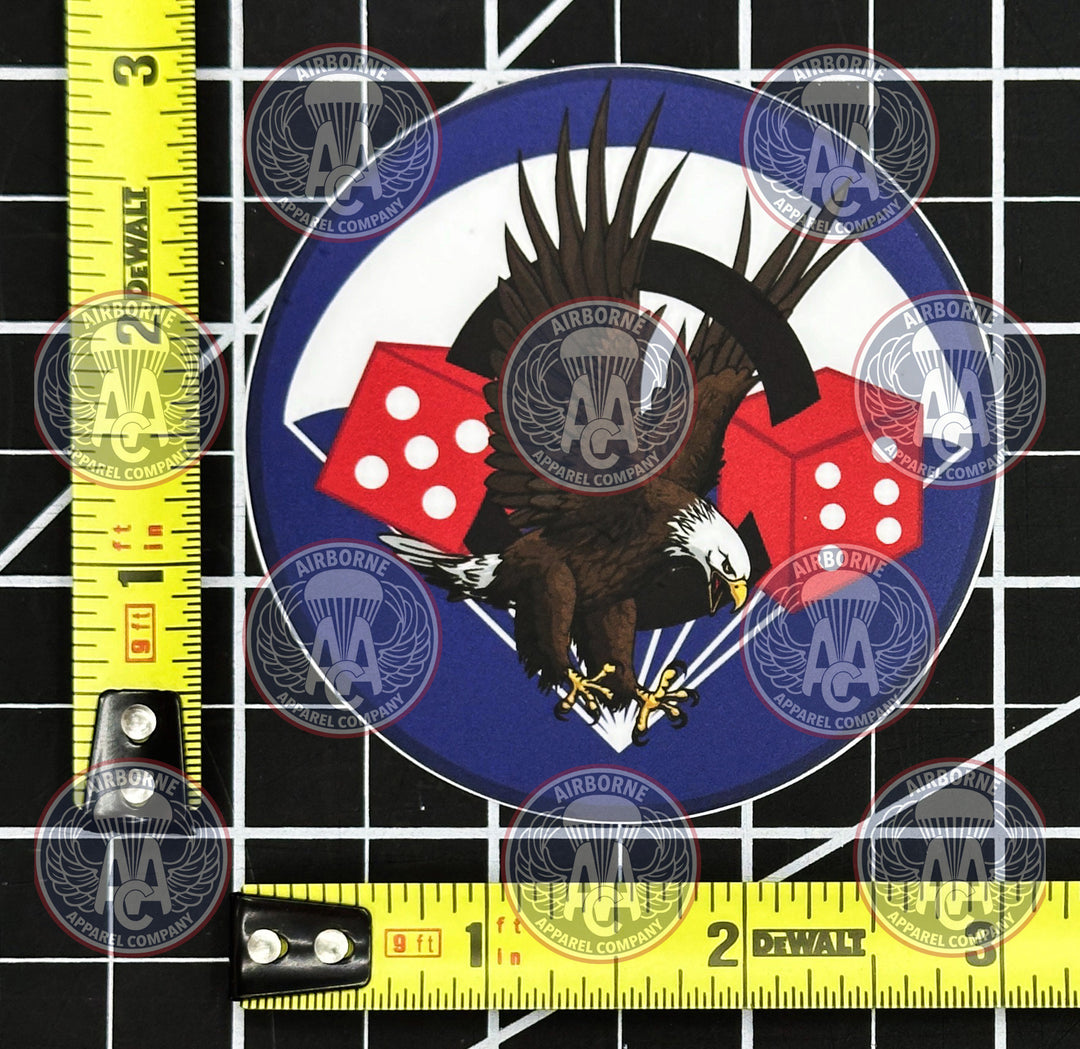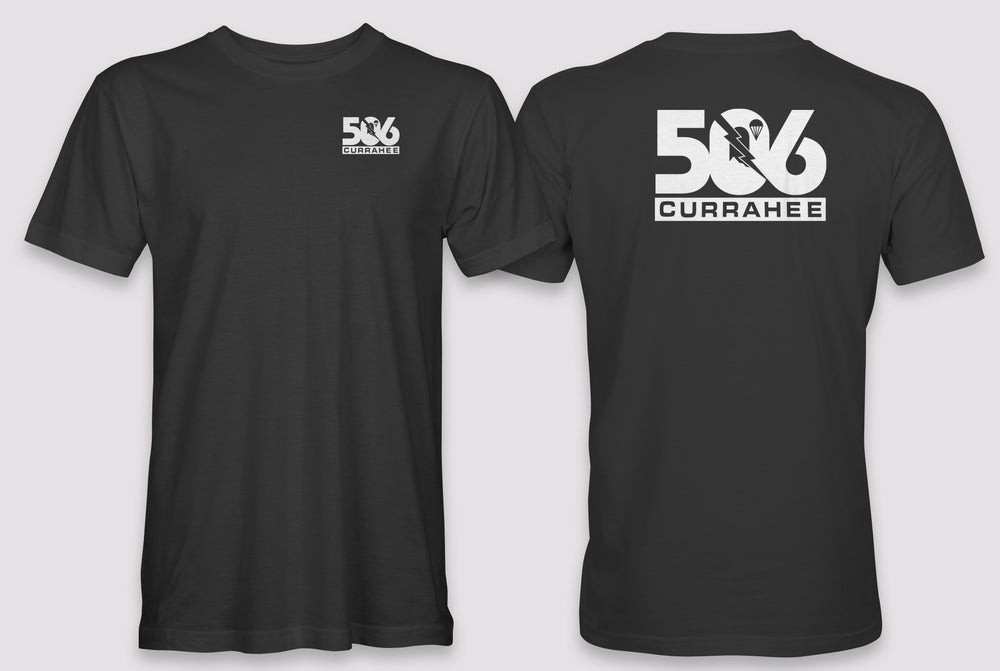The 506th Infantry Regiment (IR), with its indelible battle cry "Currahee" (meaning "We Stand Alone"), is one of the most recognizable and highly decorated regiments in the U.S. Army, globally famous for its portrayal in the HBO miniseries Band of Brothers. Activated in 1942 at Camp Toccoa, Georgia, the 506th Parachute Infantry Regiment (PIR) was a core component of the legendary 101st Airborne Division, the "Screaming Eagles." The regiment spearheaded the D-Day invasion of Normandy, made a vital combat jump in Operation Market Garden, and distinguished itself in the siege defense of Bastogne during the Battle of the Bulge, earning two Presidential Unit Citations for World War II. After rigorous service in the Vietnam War as an Air Assault force, the lineage is maintained today by two ACTIVE Air Assault battalions assigned to different brigades of the 101st Airborne Division (Air Assault) at Fort Campbell, Kentucky: the 1st Battalion (1-506th IN) with the 1st BCT ("Bastogne"), and the 2nd Battalion (2-506th IN) with the 3rd BCT ("Rakkasan").
The history of the 506th Infantry Regiment began on July 20, 1942, with the activation of the 506th Parachute Infantry Regiment (PIR) at Camp Toccoa, GA. The regiment’s identity was forged in the grueling training regimen established there, most notably the daily runs up and down the 1,000-foot Currahee Mountain, which gave the unit its iconic motto, "Currahee!" (Cherokee for "We Stand Alone"). The regiment was subsequently assigned to the 101st Airborne Division in June 1943.
World War II: Easy Company and the European Theater
The 506th PIR became a vital spearhead for the "Screaming Eagles" throughout the European Theater of Operations, immortalized through the experiences of Easy Company, 2nd Battalion (2-506th PIR), documented in the famous book and miniseries Band of Brothers:
-
D-Day (Normandy): On June 6, 1944, the 506th was the first of the 101st Airborne regiments to jump into Normandy behind enemy lines. Despite being widely scattered, paratroopers rapidly coalesced to secure the division’s southern flank, destroy a key German battery at Brecourt Manor, and successfully complete their assigned objectives, earning a Presidential Unit Citation.
-
Operation Market Garden: In September 1944, the regiment made its second combat jump into the Netherlands, fighting fiercely along the strategic highway known as "Hell's Highway" to secure bridges and defend the narrow Allied corridor against German counterattacks.
-
Battle of the Bulge (Bastogne): The 506th played a critical role in the heroic defense of the surrounded city of Bastogne, Belgium, in December 1944. Enduring bitter cold and intense enemy shelling, the "Currahees" repelled numerous attacks and held the key portion of the perimeter. For its steadfast action and refusal to surrender, the regiment earned a second Presidential Unit Citation for the Bastogne defense.
-
Final Victory: The regiment completed the war by seizing Hitler's famed mountain retreat, the Eagle's Nest in Berchtesgaden, before being inactivated in late 1945.
Vietnam and Air Assault Transition
Following multiple Cold War reorganizations, the 506th was activated as the 506th Airborne Infantry and permanently affiliated with the 101st Airborne Division. During the Vietnam War, elements of the 506th deployed in 1967 and 1968, where the division transitioned from an Airborne role to an Air Assault (Airmobile) unit, utilizing helicopters as its primary means of insertion. The 1st, 2nd, and 3rd Battalions of the 506th participated in grueling search and destroy missions, notably taking part in the brutal fight for Dong Ap Bia Mountain, famously known as the Battle of Hamburger Hill, in May 1969. The regiment earned multiple Presidential Unit Citations and Valorous Unit Awards for its combat in Vietnam before the unit's colors were returned to the U.S. in 1971.
Post-Vietnam and Global War on Terror
The 506th was reorganized into two active battalions in the post-Vietnam era, continuing to be stationed at Fort Campbell, Kentucky. The regiment served rotationally in the Republic of Korea from 1987 until 2004, maintaining readiness on the peninsula.
In the 21st century, the 506th’s battalions were initially consolidated under the now-inactivated 4th Brigade Combat Team, 101st Airborne Division (Air Assault). In this configuration, the regiment was heavily engaged in the Global War on Terror (GWOT), deploying multiple times to Operation Enduring Freedom in Afghanistan and Operation Iraqi Freedom in Iraq, where it conducted complex counter-insurgency and stability operations. The units earned additional Meritorious Unit Commendations for their service in Iraq and Afghanistan.
Current Status (Active)
When the 4th BCT was inactivated in 2014, the active battalions of the 506th were preserved and realigned to ensure the regiment's continued legacy within the 101st Airborne Division (Air Assault):
-
1st Battalion, 506th Infantry Regiment (1-506th IN): This battalion is ACTIVE Air Assault and is assigned to the 1st Brigade Combat Team ("Bastogne"), 101st Airborne Division (Air Assault) at Fort Campbell, Kentucky.
-
2nd Battalion, 506th Infantry Regiment (2-506th IN): This battalion is ACTIVE Air Assault and is assigned to the 3rd Brigade Combat Team ("Rakkasan"), 101st Airborne Division (Air Assault) at Fort Campbell, Kentucky.
The 506th Infantry Regiment remains an active, combat-ready unit, prepared to conduct Air Assault operations anywhere in the world, upholding the spirit of "Currahee!"
Airborne Apparel Company is proud to offer reproductions and unique designs that celebrate the 506th Infantry Regiment ("Currahee") legacy.


















